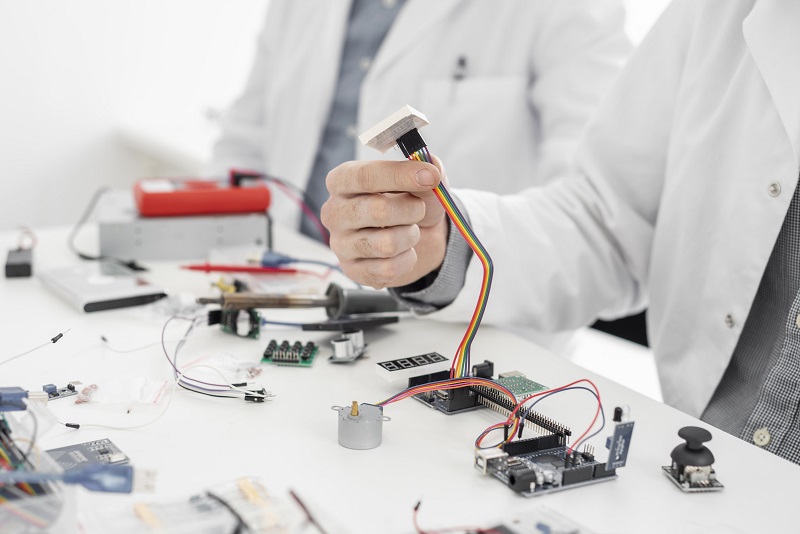
The Confederation of Indian Industry (CII) has published a report outlining essential steps India must take to shift its electronic sector from primarily assembling imports to value-added manufacturing at the component level. According to the report, the demand for components and sub-assemblies in 2022-23 was valued at US$ 45.5 billion, supporting electronics production worth US$ 102 billion. This demand is projected to grow significantly, reaching US$ 240 billion to support US$ 500 billion in electronics production by 2030. Key components like Printed Circuit Board Assemblies (PCBAs) are expected to see robust growth, with a compound annual growth rate (CAGR) of 30%, reaching US$ 139 billion by 2030.
To address these challenges and opportunities, the report recommends several critical actions. These include the introduction of fiscal support schemes such as SPECS 2.0 (Scheme for Promotion of Manufacturing of Electronic Components and Semiconductors). Additionally, the report suggests imposing import tariffs on essential components like camera modules, which are currently responsible for 43% of the component demand and are expected to grow to US$ 51.6 billion by 2030. Many of these components are either minimally produced domestically or heavily reliant on imports, posing a significant risk to India’s electronics manufacturing capabilities if the trend continues unchecked.
Furthermore, the report underscores the substantial potential in the Printed Circuit Board Assembly (PCBA) segment, where India currently relies heavily on imports to meet demand. The PCBA segment is forecasted to grow by 30%, translating to a demand of approximately US$ 87.46 billion by 2030. By implementing supportive policies, India can capitalize on its skilled workforce and emerging capabilities to enhance domestic production and reduce import dependence. These interventions are expected to yield several economic benefits, including substantial job creation estimated at 280,000 positions by 2026, increased domestic value addition, reduced reliance on imports, and a boost to GDP growth. Ultimately, these efforts aim to position India as a leading global hub for electronics manufacturing, fostering sustainable growth and competitiveness in the sector.












